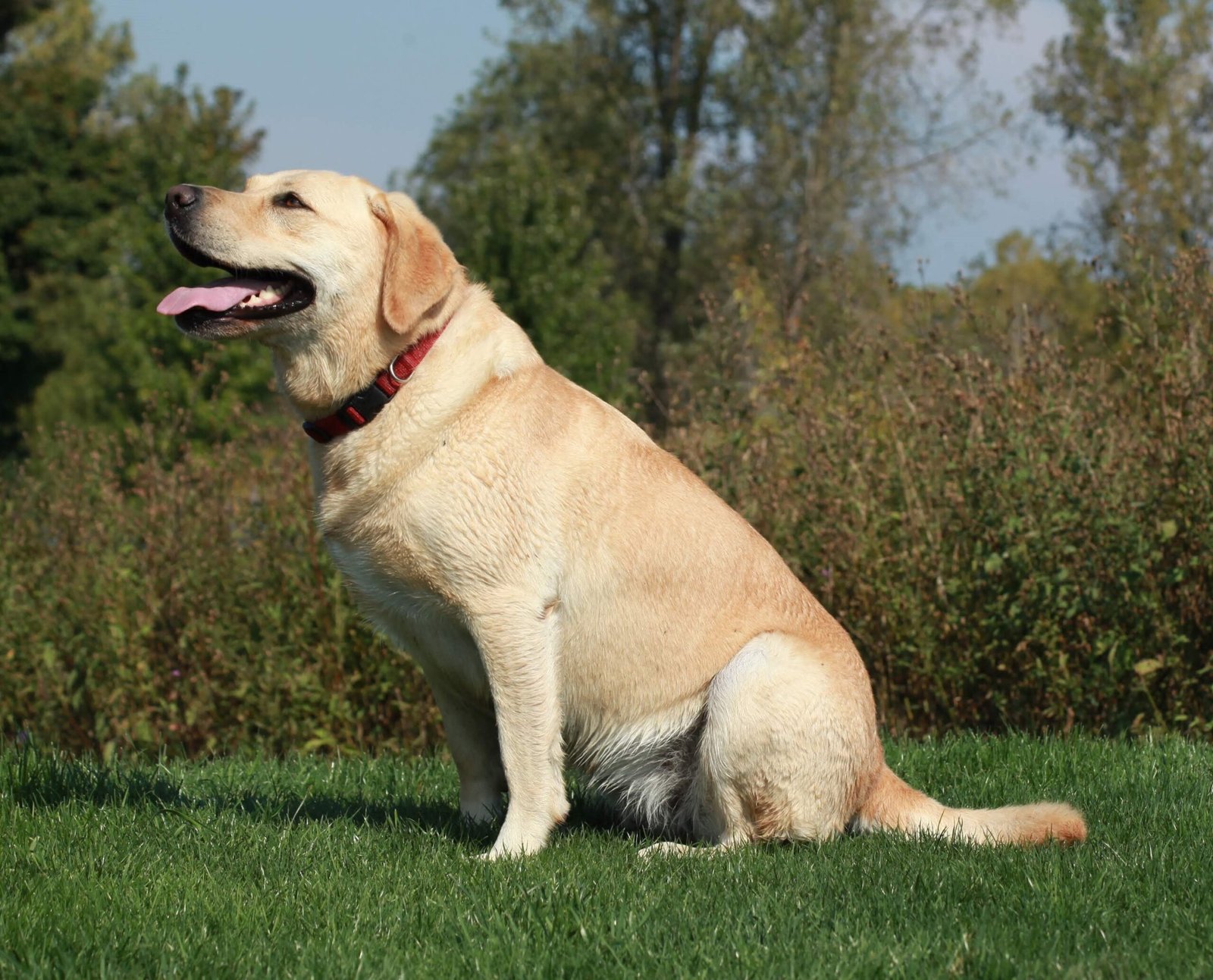Ever come home to a shredded pillow or a dog who simply can’t stop whining? If you’ve ever felt guilty for leaving your pup alone, you’re not alone. Some breeds just can’t bear to be by themselves—they crave your company like sunlight and water. These dogs don’t just enjoy your attention, they need it to thrive. Here’s a look at ten breeds who’ll tug at your heartstrings and maybe your slipper if left alone too long.
Border Collie
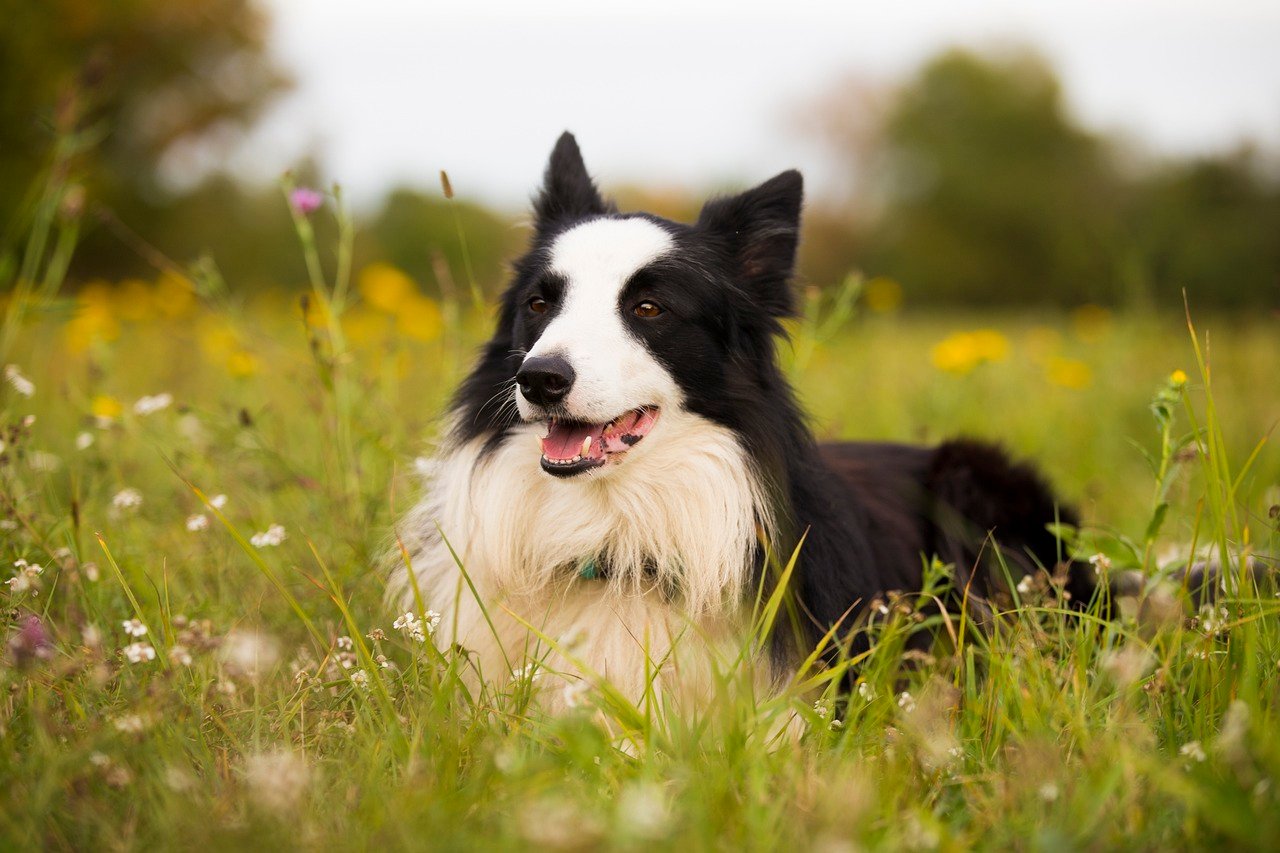
Border Collies are famous for their intelligence and boundless energy. If you leave them alone too long, they’ll invent their own “jobs”—like herding your furniture or redecorating with your shoes. A bored Border Collie can become destructive, anxious, or even depressed.
They’re happiest when they’re challenged, so regular training, games, and puzzle toys are essential. If you work long hours, consider doggy daycare or a dog walker to keep your Border Collie’s spirit bright and tail wagging.
Labrador Retriever
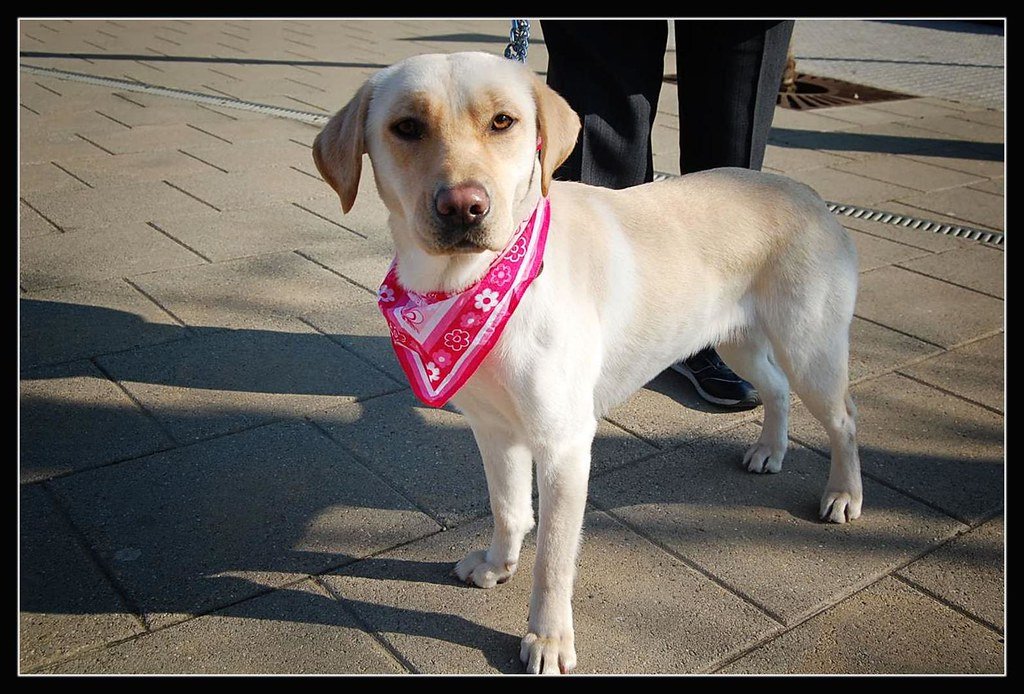
Labs are the classic family dogs, and for good reason—they absolutely adore their people. But that loving nature means they struggle with alone time. Labs left without attention can develop separation anxiety, leading to chewing, barking, or accidents.
They thrive on routine and affection. Interactive toys, chew treats, and lots of playtime can ease their loneliness. If you notice your Lab pacing or drooling more than usual, it might be a sign they’re missing you a little too much.
German Shepherd

German Shepherds bond deeply with their families and can become anxious or even depressed if left alone for long stretches. They’re natural protectors and feel lost without their “pack” nearby.
You’ll often see them waiting by the door or whining when you leave. To help, give them jobs to do, like carrying a backpack on walks, and offer plenty of mental stimulation. Early socialization and gradual alone-time training can help prevent stress behaviors.
Italian Greyhound
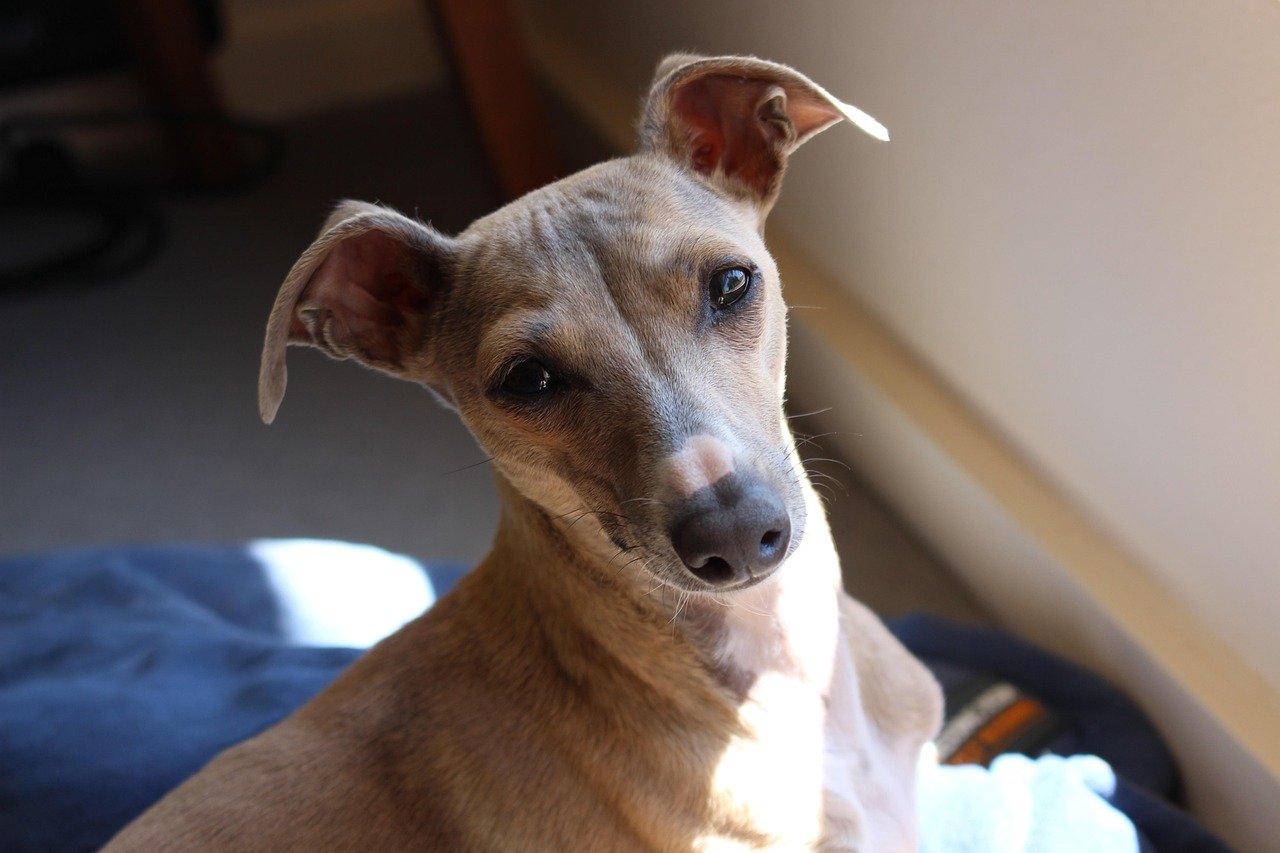
Italian Greyhounds are gentle, sensitive souls who thrive on love and closeness. They’re known to follow their favorite human from room to room, never wanting to be left behind. Alone time can make them anxious or even physically ill.
Signs of trouble include trembling, hiding, or house-soiling. Comforting routines, soft bedding, and a cozy crate can help soothe their nerves. They do best in homes where someone is around most of the day.
Cavalier King Charles Spaniel

These little charmers are bred to be companion dogs, and they take their job seriously. Left alone, they may bark, whimper, or become withdrawn. Cavaliers need constant companionship and affection to feel secure.
If you’re away often, consider a canine buddy or arrange for regular visits from friends. Watch for signs like clinginess or sudden shyness—they’re telling you they need more of your time.
Australian Shepherd

Australian Shepherds are energetic, smart, and highly people-oriented. When left alone for too long, they can start chewing, digging, or barking endlessly out of sheer boredom.
They need both mental and physical outlets—a quick walk won’t cut it. Try agility classes or advanced training sessions. If your Aussie starts shadowing you obsessively, it’s probably a sign they need more activity and attention.
Vizsla

Vizslas are famously called “Velcro dogs” for a reason. They stick to you like glue and crave constant touch and reassurance. Extended alone time can lead to anxious pacing, howling, or even destructive behavior.
Short periods alone are best, with plenty of exercise and cuddles when you’re home. If you notice your Vizsla becoming restless or extra needy, it’s time to ramp up the quality time.
Bichon Frise
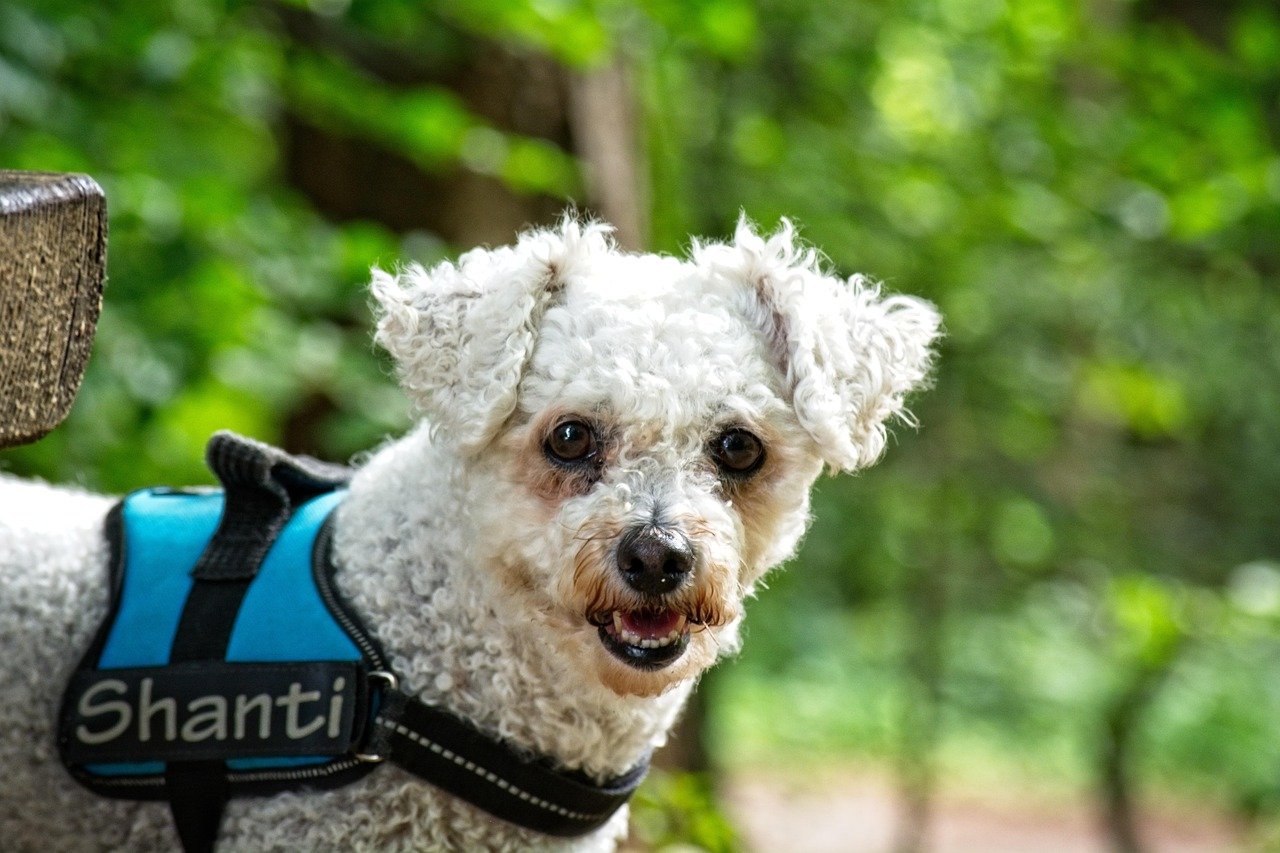
Bichons are bubbly, affectionate, and happiest when surrounded by their people. They often suffer from separation anxiety, leading to barking, whining, or even refusing food when alone.
Create a safe, cozy space and leave behind familiar scents to comfort them. Regular playdates with doggy friends can help, too. If your Bichon greets you frantically after a short absence, they’re showing just how much they need you.
Papillon
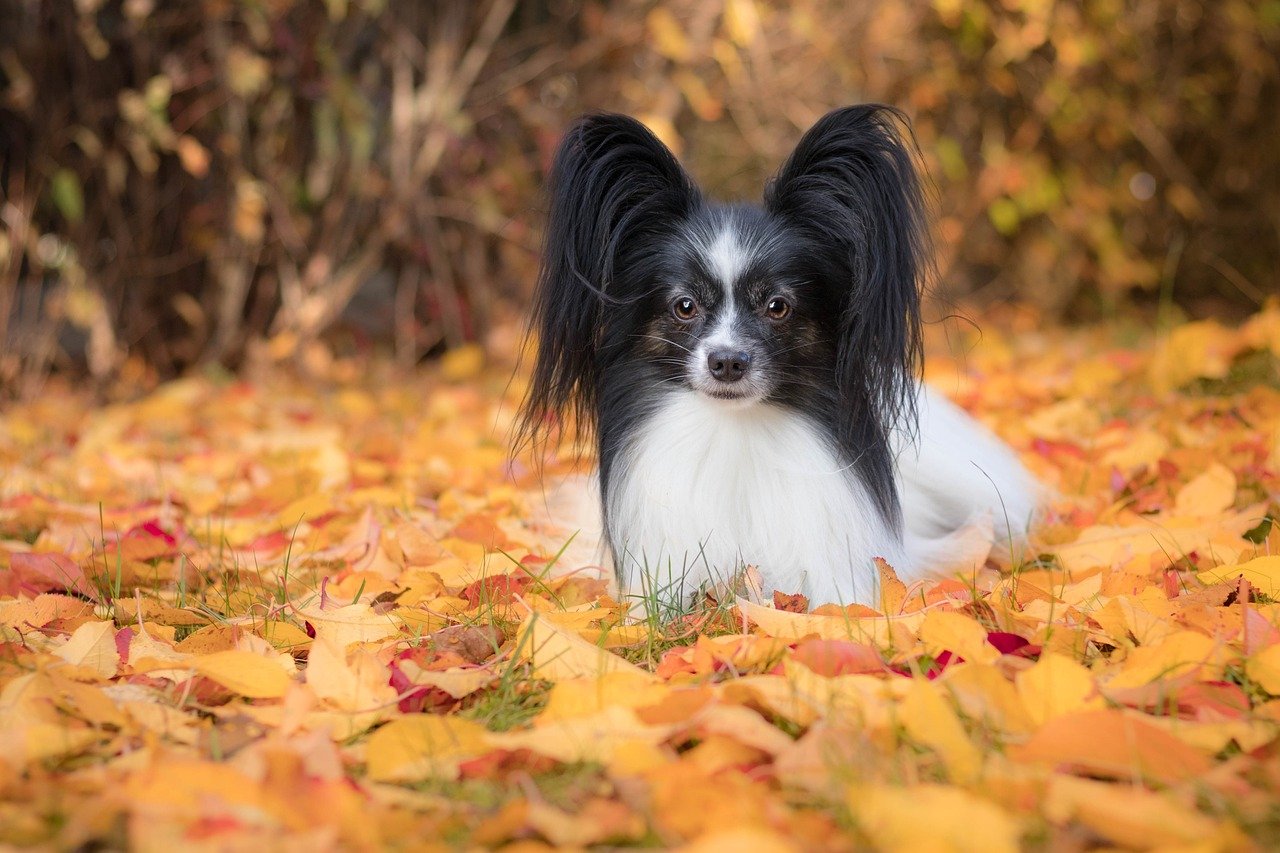
Despite their tiny size, Papillons have huge hearts and love to be involved in everything you do. They don’t handle solitude well and can develop nervous habits like excessive licking or barking.
Keep them entertained with toys, training, and gentle affection. If your Papillon seems extra clingy or starts hiding, it’s likely they’re feeling lonely and need more one-on-one attention.
French Bulldog

Frenchies may look tough, but they’re softies at heart. They form tight bonds with their humans and can get anxious or sad when left alone. Without attention, they may become stubborn or even refuse to eat.
Set up a predictable routine and lots of snuggle time. If you notice your Frenchie acting out or becoming withdrawn, it’s a sign they’re missing you and need more interaction.
Conclusion

Some dogs just aren’t meant to spend their days alone. If you share your life with one of these breeds, your presence is the best gift you can give them. Small changes—like extra walks, training games, or a furry friend—can make all the difference.

Born and bred in South Africa, a Capetonian at heart. Amy-Leigh’s love for nature and animals was inherited from her Dad. He loves taking the family on road trips to experience nature at its finest; Amy-Leigh’s favourite being whale watching in Hermanus and spotting Kudu along the West Coast. Amy-Leigh holds a BA in English Literature and Communication Studies.

